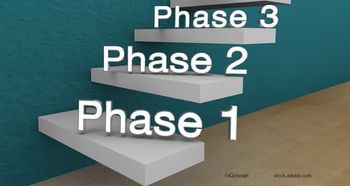
ESCRS 2023: Ana Neves explains the strategy behind the workflow-oriented ZEISS booth
At the meeting, ZEISS Meditec Ophthalmology showcased the VISUMAX 800 and a host of new launches
At this year’s European Society of Cataract and Refractive Surgeons (
Editor's note: the below transcript has been lightly edited for clarity.
Ana Neves: My name is Ana Neves. I'm head of strategic marketing globally for ZEISS Ophthalmology. At the ESCRS, we're really excited about, of course, our launches. We're launching a new IOL, a new premium, trifocal IOL, hydrophobic base, the AT ELANA. And that's the best ZEISS technology on a single platform. So we're very excited about that within our premium cataract workflow. In our primary refractive workflow, we are focusing on presbyopia, presbyopia management, which is quite important for us, as well as demonstrating the VISUMAX 800 with SMILE Pro.
Another new launch is the ATLAS 500. That's focusing on corneal topography, pupillometry and also dry eye assessment, all in one device. And last but not least, our new VISULAS portfolio, our newest therapeutic laser. So I'd like to encourage everyone to come and visit us to see our new innovations.
Very importantly is not just to launch new products for us, but also that in, within our workflows, they're interconnected, there's interconnectivity. And many of our digital applications also bring to life our ecosystem, and they make life for our customers easier, for doctors and for the patients as well. It includes the patient experience.
Our booth is conceived in a way that we show our workflows. We want to show the practice that doctors, ophthalmologists, surgeons experience. So, thinking about their steps, and also the steps that patients experience when they go for their treatments and their diagnosis. So, so that's how we design it and want to show, because the value is not just on a single device, but on everything we offer together to bring our workflows and our ZEISS medical ecosystem to life.
I'm very excited to learn more about the latest developments in cataract, corneal refractive, retina, glaucoma. See all of the latest technologies, hear from the experts, from doctors from ophthalmologists. What are their challenges? Where are the latest innovations they need? What are their needs, and also what are the needs for patients?
Newsletter
Get the essential updates shaping the future of pharma manufacturing and compliance—subscribe today to Pharmaceutical Technology and never miss a breakthrough.







































